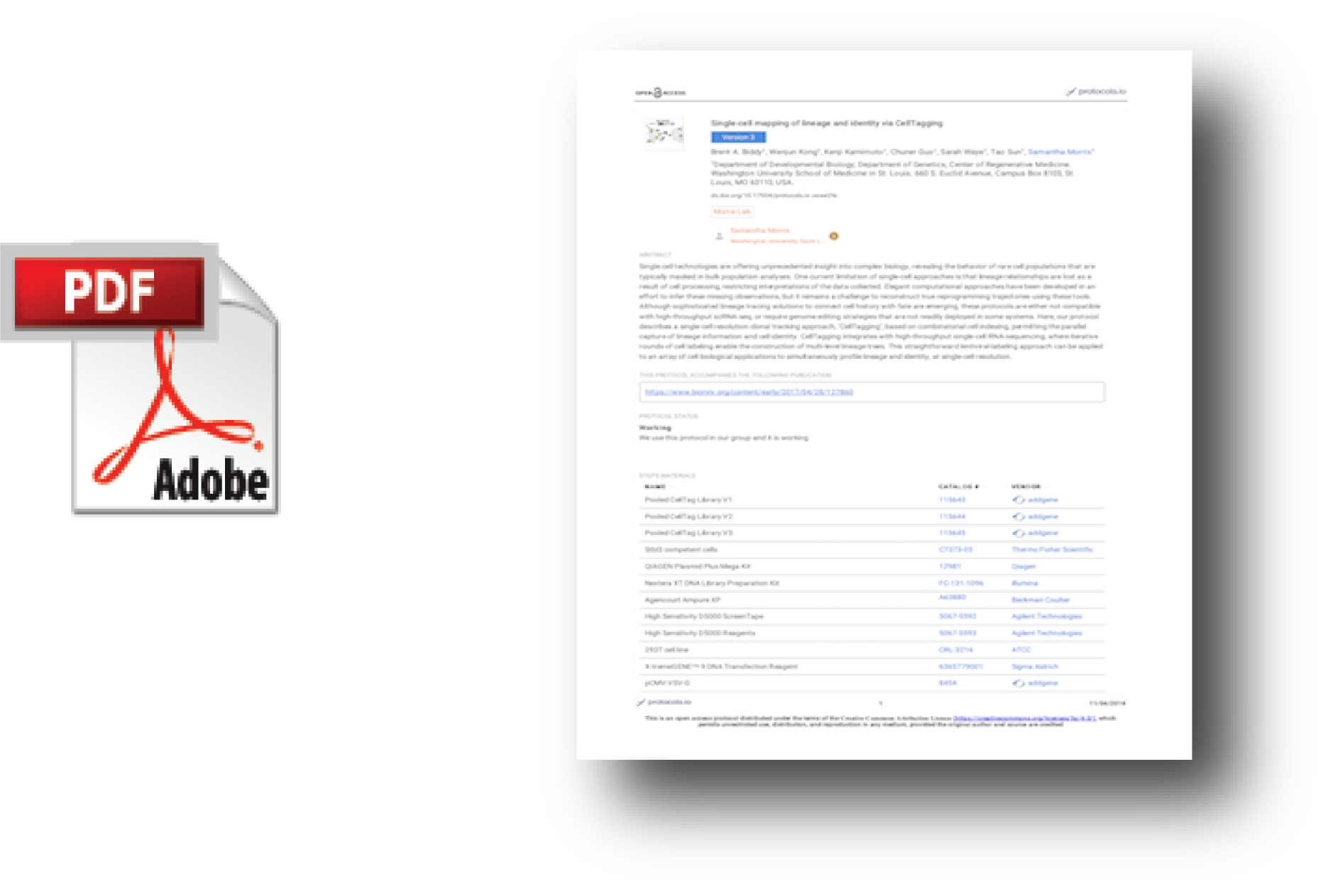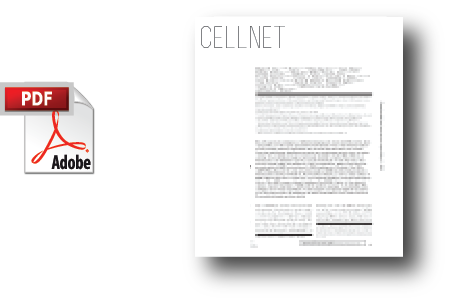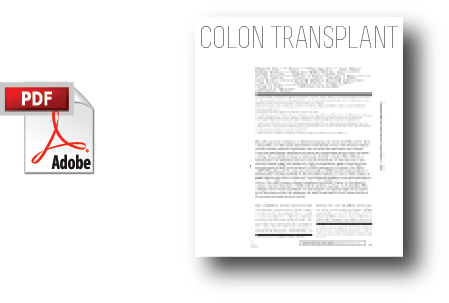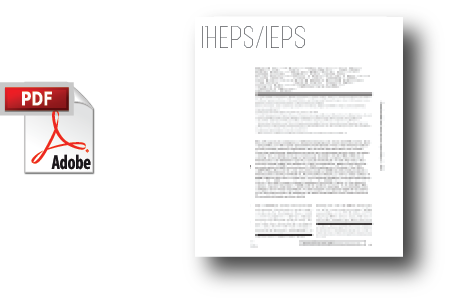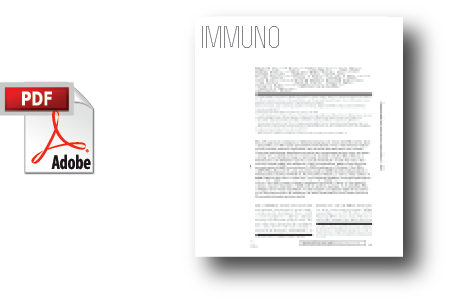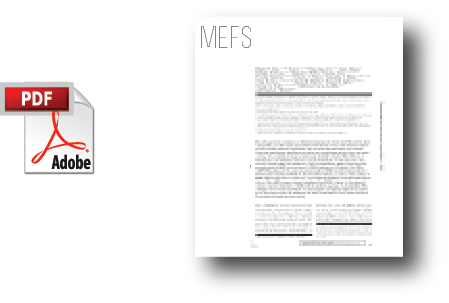Protocols and Data
YouTube Tutorials for CellOracle and Capybara
You can find a series of walkthroughs for our single-cell analysis tools on our YouTube channel, here: https://www.youtube.com/channel/UCVy_6MUYL594cyNijzD0EVg
Lab protocols
CellTagging
CellTagging is a combinatorial cell indexing methodology, developed by the Morris lab, which enables parallel capture of clonal history and cell identity. Sequential rounds of cell labeling enable the construction of multilevel lineage trees to track related cells over the course of a biological process. We have used this approach to dissect the mechanisms of direct lineage reprogramming (see Biddy et al., Nature 2018).
We have made our CellTagging constructs available via Addgene, along with our working protocol, raw data, code and tutorials and an interactive tool to explore our data. These resources are available here: https://morrislab.io/celltagging-resources/
Available for download here is a step-by-step experimental guide on how to adopt CellTagging in your own lab.
CellNet
CellNet is a network biology-based computational platform that more accurately assesses the fidelity of cellular engineering than existing methodologies and generates hypotheses for improving cell derivations (see Cahan et al., Cell 2014, and Morris et al., Cell 2014).
You can use CellNet online by uploading your data here, or you can download and run CellNet locally. You can also use this site to search for predicted transcriptional targets of over 1,200 mouse or human transcriptional regulators.
Available for download here is a step-by-step guide on how to analyze your data using the CellNet platform.
Transplantation of cells into mouse colon
CellNet analysis of induced hepatocytes (iHeps) generated from mouse embryonic fibroblasts revealed an intestinal signature in the converted cells. To further explore the intestinal potential of these cells, we transplanted GFP-labelled iHeps into a mouse model of colitis. The iHeps functionally engrafted the colon, integrating into the damaged epithelium, aiding recovery of the animals from their experimentally induced colitis (Morris et al., Cell 2014).
In this protocol, available for download, we describe the method of colitis induction, transplantation of cells, and monitoring of animal. This protocol has been adapted from Yui et al., Nat Med 2012
Generation and culture of iHeps/iEPs
We adopted the Sekiya and Suzuki protocol (Nature, 2011) to generate induced hepatocytes (iHeps) from mouse embryonic fibroblasts (MEFs). In agreement with Sekiya and Suzuki, we found that iHeps are partially differentiated toward mature liver and are able to self-renew in vitro. We also found that in addition to their reported potential to functionally engraft mouse liver, iHeps can also functionally engraft acutely damaged mouse colon (Morris et al., Cell 2014).
Here, we describe our method for directly converting MEFs to iHeps, adapted from the Sekiya and Suzuki protocol, driven by expression of the transcription factors, Foxa1 and Hnf4α.
Immunostaining
Available for download here is a description of the protocol we routinely use for immunofluorescent staining of cells (Morris et al., Cell. 2014; Morris et al., Cell Rep. 2012), tissues (Morris et al., Cell Rep. 2012), and embryos (Morris et al,. Open Biol. 2013; Morris et al., Cell Rep. 2012; Morris et al,. Nat Commun. 2012; Morris et al,. PNAS. 2010; Meilhac et al,. Dev Bio. 2009)
The procedure outlined here relates to staining of preimplantation mouse embryos but can be adapted to cells/tissue sections as well as whole mount samples.
Harvest and culture of MEFs
Primary culture of Mouse Embryonic Fibroblasts (MEFs) provides the source of cells for direct conversion to iHeps, using the protocol we adopted from Sekiya and Suzuki (Nature, 2011).
Available for download here is a description of the method we use to isolate and culture fibroblasts from E13.5 mouse embryos.
Data downloads
Microarray data from Morris et al., Cell, 2014
GEO Series: GSE59037. Platform: Affymetrix Mouse Genome 430 2.0 Array. Samples: C10 cells Scramble, C10 cells Ebf1 knockdown, C10 cells Pou2af1 knockdown, Induced Hepatocytes, Fetal Liver, Adult Liver, Colon, Colon-engrafted iHeps, iHeps Scramble, iHeps Cdx2 knockdown. 25 samples in total.
Single-cell RNA-seq data from Biddy et al., Nature, 2018
GEO Series: GSE99915. Platforms: Drop-seq and 10x Genomics: This dataset consists of 10 Drop-seq libraries and 18 10x Genomics libraries, including 4 biological replicates of reprogramming timecourse experiments.
Questions? Requests? Comments?
Contact us:
morrislab.wustl@gmail.com

